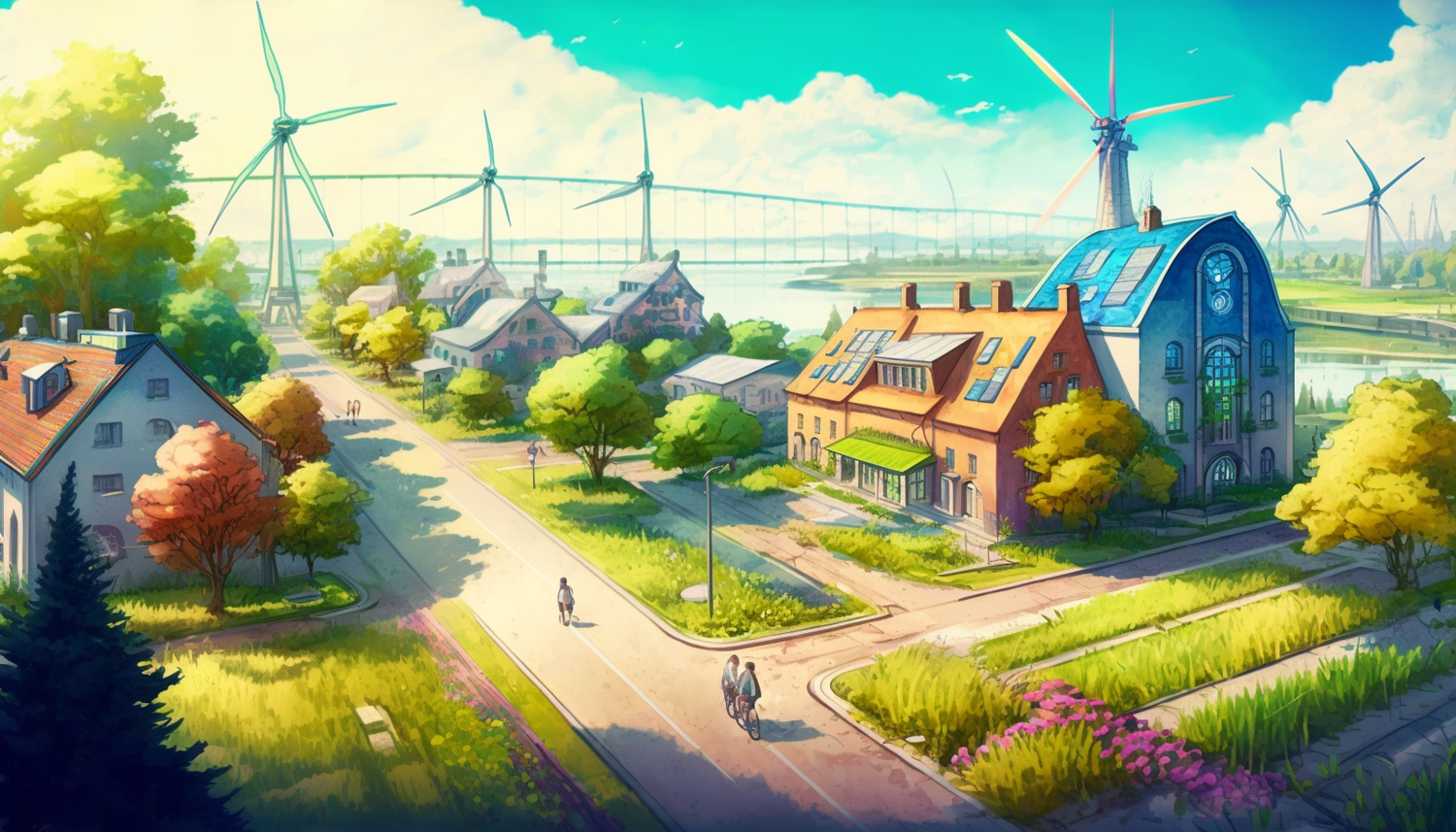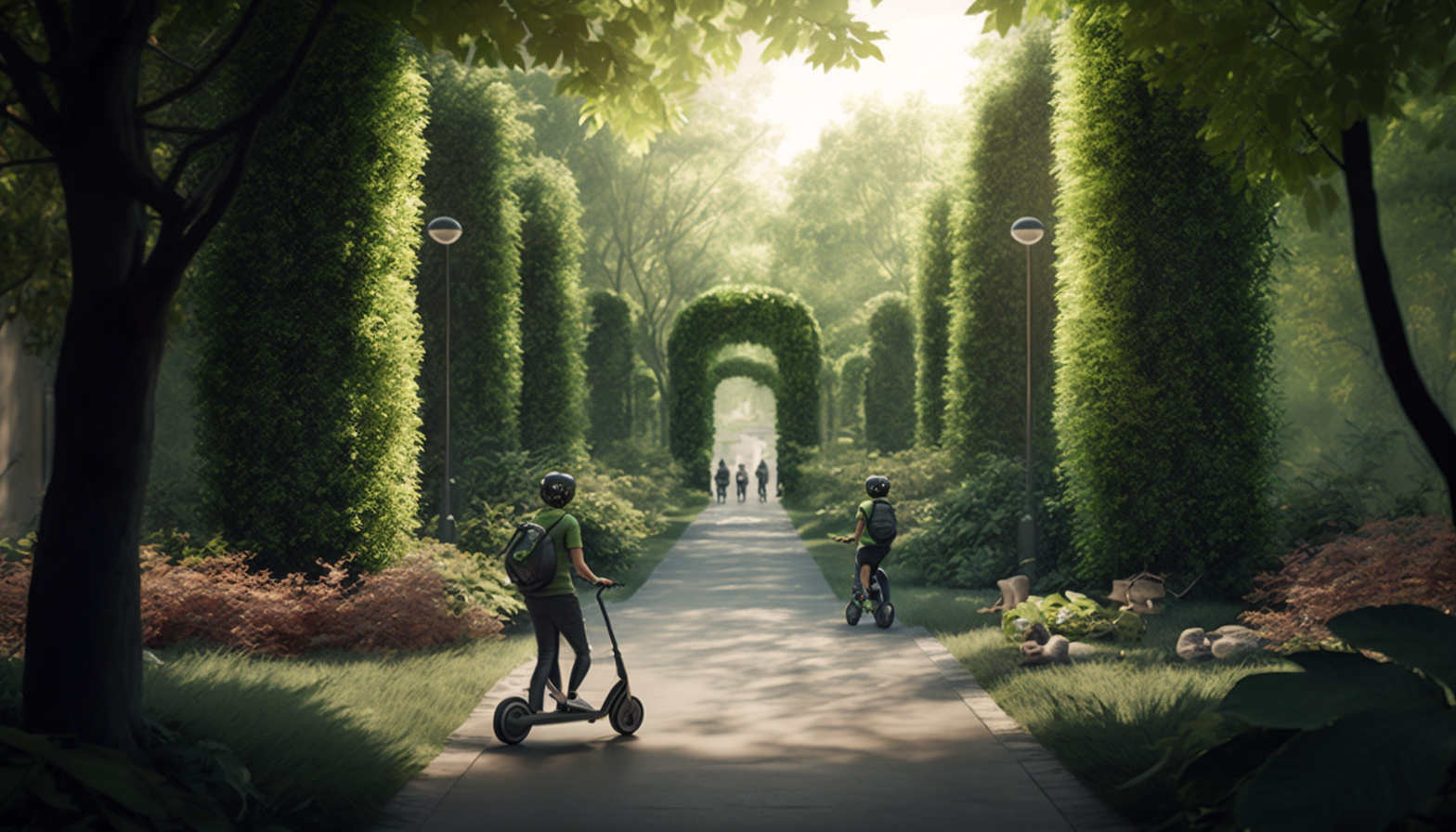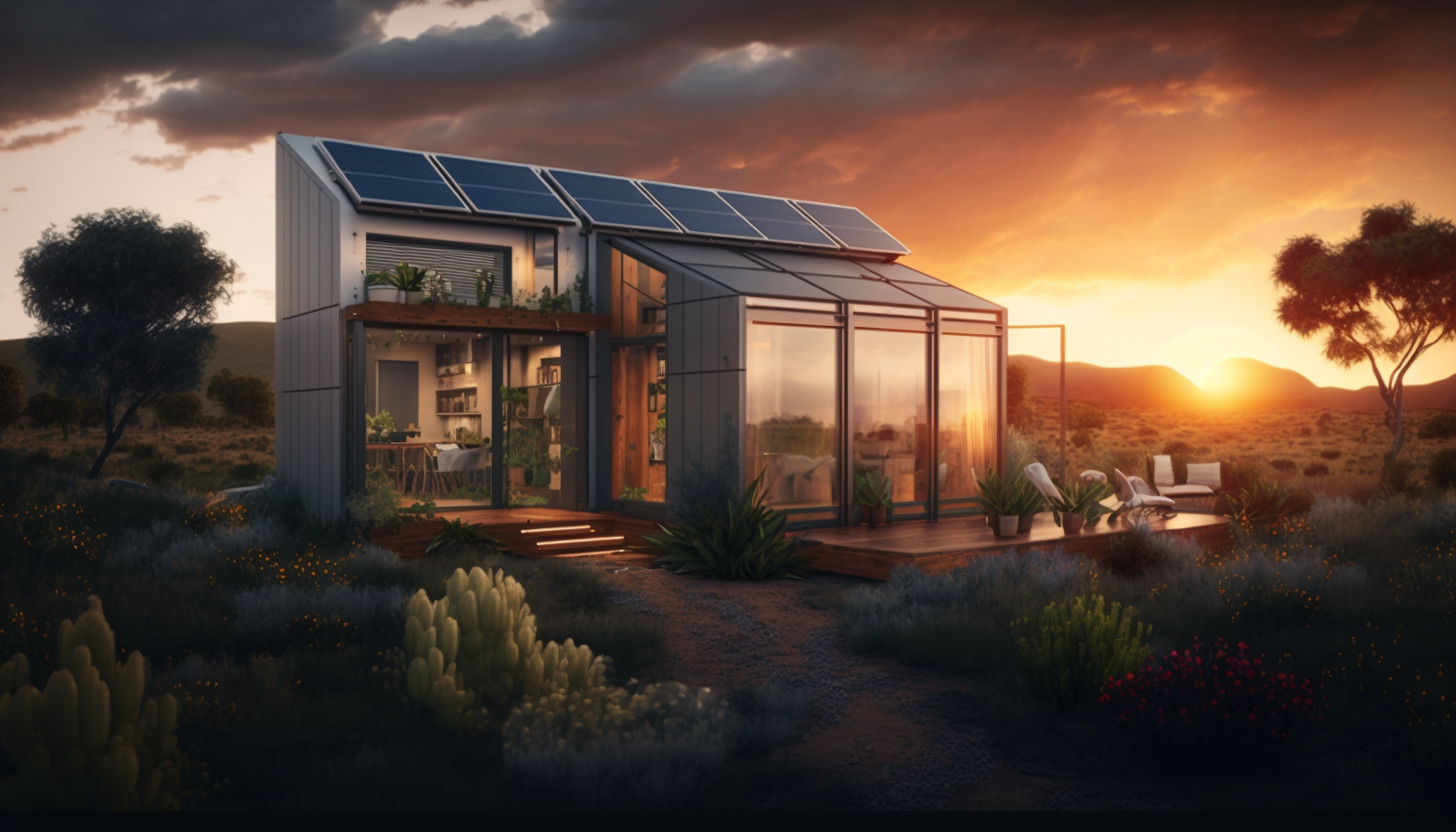In today's world, students need to be equipped with a broad range of skills and knowledge to solve the complex, interconnected problems we face. No longer is it sufficient for students to specialize in one particular field. Instead, they must become generalists, mastering multiple STEM topics and learning with cross-curricular methods and project-based learning. The old industrial, assembly-line model of education that compartmentalizes subjects into silos is outdated and in need of an overhaul. In this article, we will explore why students need to become generalists and why hands-on experience is crucial. We will also provide examples of cross-curricular STEM learning in the context of a land lab, where agriculture, digital sensors, computer science, biology, ecology, clean energy, engineering, and climate science converge.
To solve complex, interconnected problems, we need students with multiple skillsets across many different STEM disciplines. This requires a shift away from the old industrial, assembly-line model of education, which compartmentalizes subjects into silos. Instead, students need to learn with cross-curricular methods that enable them to gain a deeper understanding of how different subjects intersect and how they can be applied to real-world scenarios. Project-based learning is another essential tool that can help students become generalists and develop multiple skillsets.
Hands-on experience is also crucial. In the past, education has focused on mental education, which has resulted in a lack of practical skills among students. Hands-on experience can be gained through internships, apprenticeships, and other work-based learning programs. These programs provide students with opportunities to apply their knowledge in real-world scenarios, develop practical skills, and gain valuable industry experience.
A land lab is an excellent example of cross-curricular STEM learning in action. A land lab is a real-world learning environment where students can learn about agriculture, digital sensors, computer science, biology, ecology, clean energy, engineering, and climate science. In a land lab, students can design and build smart irrigation systems that use digital sensors to optimize water usage. They can also use computer science to create algorithms that predict crop yields and optimize fertilization. Additionally, students can learn about biology, ecology, and climate science to better understand the impact of agriculture on the environment.
In a land lab, students can also explore the use of clean energy in agriculture. They can design and build solar panels to power irrigation systems and create wind turbines to generate electricity. Students can learn about engineering and design by building sustainable and energy-efficient structures, such as greenhouses, and explore the potential of hydroponics, aquaponics, and other innovative farming techniques.
In conclusion, today's students must become generalists and master multiple STEM topics to address the complex challenges that we face. Cross-curricular methods and project-based learning are essential tools that can help students develop multiple skillsets and gain a deeper understanding of how different subjects intersect. Hands-on experience is crucial, as it enables students to apply their knowledge in real-world scenarios and develop practical skills. By adopting these innovative teaching methods, we can prepare our students to be well-rounded, skilled, and innovative problem-solvers.



Leave a comment
This site is protected by hCaptcha and the hCaptcha Privacy Policy and Terms of Service apply.